Modern LED lighting can not only slash electricity use but ensure your goods are seen in their best light. Here’s what you need to know
With business costs only going upwards, retailers are continually looking at areas in which to make savings, and energy-efficient lighting is being seen as a sure-fire way to cut costs.
According to the Association of Convenience Stores’ Local Shop Report, c-store retailers invested a total of £600m in store improvements throughout 2016, with in-store lighting the fourth most popular area for spend.
Last month Sid Ali installed LED lighting in two of his four Nisa stores in Aberdeenshire: one in his newest site in the village of Mintlaw and the other in nearby Stuartfield. He says: “There are a few different routes a retailer can take and before we changed to LED lighting I looked into each before making my decision. The first option was to change to LED panelled lighting throughout - they look good and do the job. If we had decided to go for LED panels then we would have needed to put in 28 panels to sufficiently light the shop and this would have saved 25% energy [consumption]. However, we already had great light fittings in the store from Microlights, and by keeping them and replacing the bulbs with 18 watt (w) LED bulbs we were able to best light the store and save energy.”
Although 18w may not sound like a lot, watts are actually a measure of the energy required to light products, rather than a measure of brightness, so because LEDs are much more energy efficient than halogen bulbs they have a much lower wattage while still providing a high level of light.
Sid claims that switching to LED will result in considerable savings for him. “After an initial investment in bulbs of £1,500-£2,000, we will use 50% less electricity and expect to recoup the costs in no more than nine months, so it is a worthwhile investment.”
In addition to the main store lighting, Sid has gone the extra mile and put LEDs in his chillers. “We have installed LED backlit chillers in some of our stores and are looking at getting them in the others. They make the products look great and help customers who perhaps are visually impaired to read the packaging.”
Saki Ghafoor, who owns a Nisa store and an unaffiliated store in Northumberland, has also invested in LEDs. “We have just switched over our lighting in both stores to LED lamps to improve the stores’ energy efficiency,” he says. “We achieved this by converting our Microlights fittings to LED lamps that are 6000 lumen, which will give the store a quality bright light. I expect the change will save us about 30% in energy, and the cost will hopefully be covered in about four or five months, making it a very worthwhile investment.”
Siva Theivanayagam, who owns four Nisa stores and a Londis store in Peterborough, made the switch to LED lighting in three of his stores about three years ago and last year incorporated them into his remaining stores. Rather than simply fitting LED bulbs to existing fittings, he opted for a completely new look. “My newest store, Nisa Fletton, is 1,110sq ft and we had Microlights fittings, which were good, but I felt for this store I would try something different and used CDSI Lighting to install LED panels and lots of spotlight LED lamps around the store.
“The small lights can be used to create a spotlight effect and highlight certain areas. I think it has really paid off as it looks great and will save 40% in energy. We expect to recover the costs of the investment in just over a year.”
While it will take time for Siva to see a return on his investment at Fletton, he claims that installing LEDs at his other stores has been cost-effective. “In the stores that have had LED lights for a few years now, I have managed to save about 40% in energy [consumption],” he says.
Kay Patel, who owns six Best-one stores in East London, boasts that his stores are as energy efficient as can be, with a host of measures from chillers with doors to energy-efficient compressors. He has been using LED lighting for several years and is currently on the third generation of LED lights, from Ledkia UK.
Originally, Kay’s stores used 4,000 lumen LED bulbs, which were the highest lumen on the market at the time. Now his stores have 6,000 lumen bulbs, which are rated A++ for energy efficiency.
“The latest-generation bulbs are ultra-energy efficient, which means that each store will save as much as 50% in energy [consumption] per year. Although this is down to a number of combined energy saving measures in our stores, I still put lights down as a major contributor of that. Without a doubt it has dramatically driven down costs.”
Past criticisms of the brightness of LED lighting compared with standard halogen bulbs no longer stand, according to Kay. He says: “The old 4,000 lumen bulbs were perhaps not as bright as a traditional bulb, but these new bulbs are very good.”
Sid agrees that the quality of modern LED lighting is high. “People might say that LED lighting isn’t as bright as halogen bulbs, but I challenge retailers to change one light in their store and compare before carrying out a full switch,” he says.
“We did and our customers and staff couldn’t tell the difference. At the end of the day, there is nothing worse than going into a dark and dingy, uninviting store and it is important that the goods in the store are well lit, so retailers must make sure that they are getting the best tools for the job.”
Mike Avery, director at CDSI Lighting, points out that having the right lighting is particularly important when it comes to fresh products, and the warmth of LED lighting is another area for c-store owners to take into consideration. Here the Kelvin (k) figure is the one to watch out for, Avery says.
He adds: “Making the wrong choice will have a negative impact on how fresh items look, and on potential sales. For instance, using a 6,000k light fitting will make bakery items look pale, anaemic and not at all appealing. In comparison, a warmer colour light, say 3,000k, will add value to these items, making them appear more golden and freshly baked. Using the right light really can influence your customers and increase basket spend.”
Given the big investment it’s important retailers do their homework before splashing out. Siva warns that this is not an area where retailers can afford to cut corners. “My biggest advice to retailers is to not compromise when choosing store lighting, because it is vital to your business that the store appears warm and welcoming. I know a retailer who tried to do it on the cheap and got a lot of lighting from a small independent supplier who imported from China. He had to fork out repeatedly for maintenance costs. If you’re going to do it then do it properly.”
Avery warns that the market is inundated with cheap imported LED light fittings and the old adage of ‘buy cheap buy twice’ will often prove to be the case.
He says that suppliers’ claims about bulbs’ life expectancy should be questioned. “Many claim 50,000hrs (that’s five years if they were left running constantly and nigh-on 10 years based on typical c-store hours). What many don’t specify is how much light you can expect these fittings to emit after this period. The professional manufacturers will provide these details as an ‘L’ value, for instance 50,000hrs at L80, which means that you will have 80% of the initial output when it reaches 50,000hrs.”
He also urges retailers to scrutinise warranties. “Will you get an identical replacement three years down the line, or end up with a shop full of multi coloured lights?,” he asks.
Kay sums up: “My advice is to do your research and go to the right people for advice. Ask yourself what fittings do you have already and which lights will give you the best results? It is vital to seek as much advice as possible, but rest assured it is an investment that will definitely pay off in the long run.”
Advantages
The benefits of switching to LED lighting
- More economical - replacing a halogen lightbulb for an LED lightbulb could save up to 90% on your next electricity bill
- Longer lasting - the average life of a halogen lightbulb is about 2,000 hours, while LED bulbs last 5,000 hours
- Better Lighting - LEDs are brighter and clearer than halogen and fluorescent bulbs. They also produce instant light and don’t flicker or vary in intensity
- Personalise - you can configure and control light using new lighting techniques, creating a bespoke environment for your customers
- Ecological - due to consumption being lower, the amount of fossil fuels being used is reduced. Also, LEDs are made of recyclable materials
- More hygienic - LED technology emits very little ultraviolet light, which attracts insects. This minimises the amount of dirt and the annoyance of insects
- Less Heat - because they feed off low voltage and consume very little power, LEDs emit a very small amount of heat, reducing the need for heating or air-conditioning in your store.
Source: Ledkia UK





![PLAUK0125 Jacobs The Trussell Trust Portrait[53]](https://d2dyh47stel7w4.cloudfront.net/Pictures/274x183/6/4/1/322641_plauk0125jacobsthetrusselltrustportrait53_125111_crop.jpg)
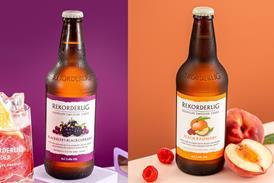








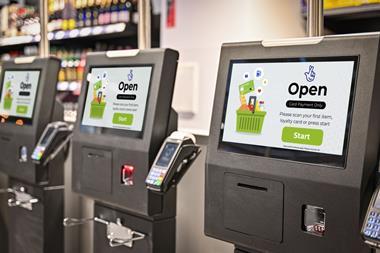
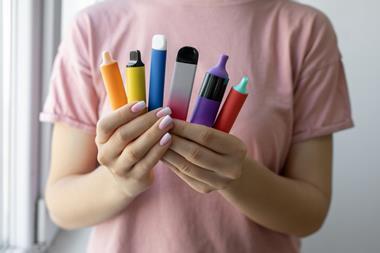
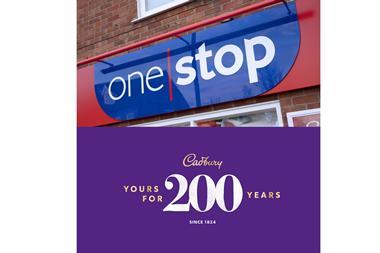


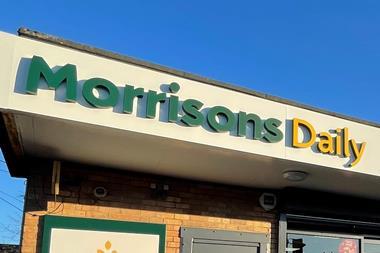
No comments yet